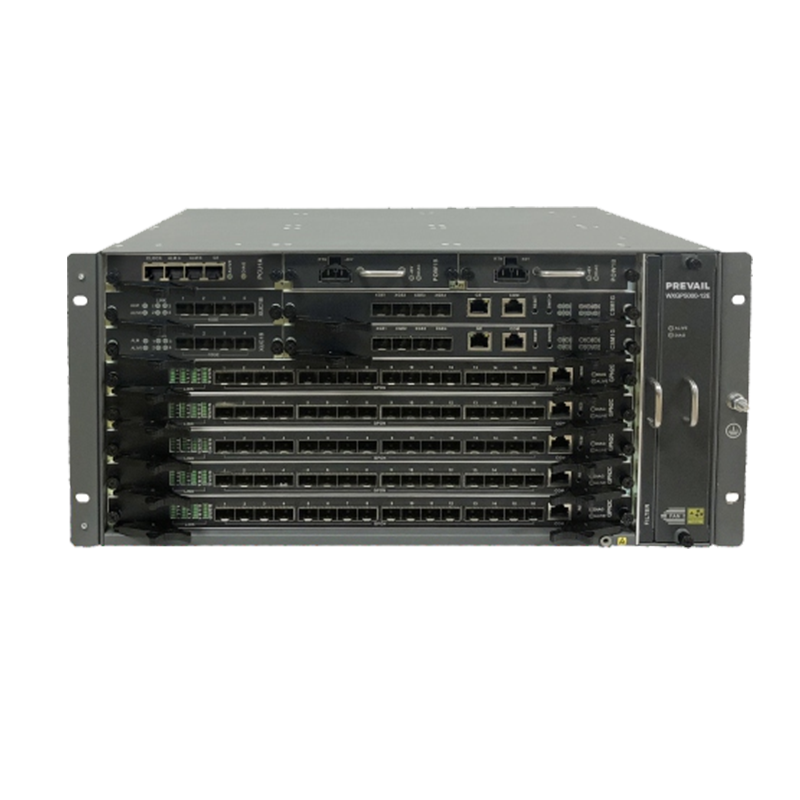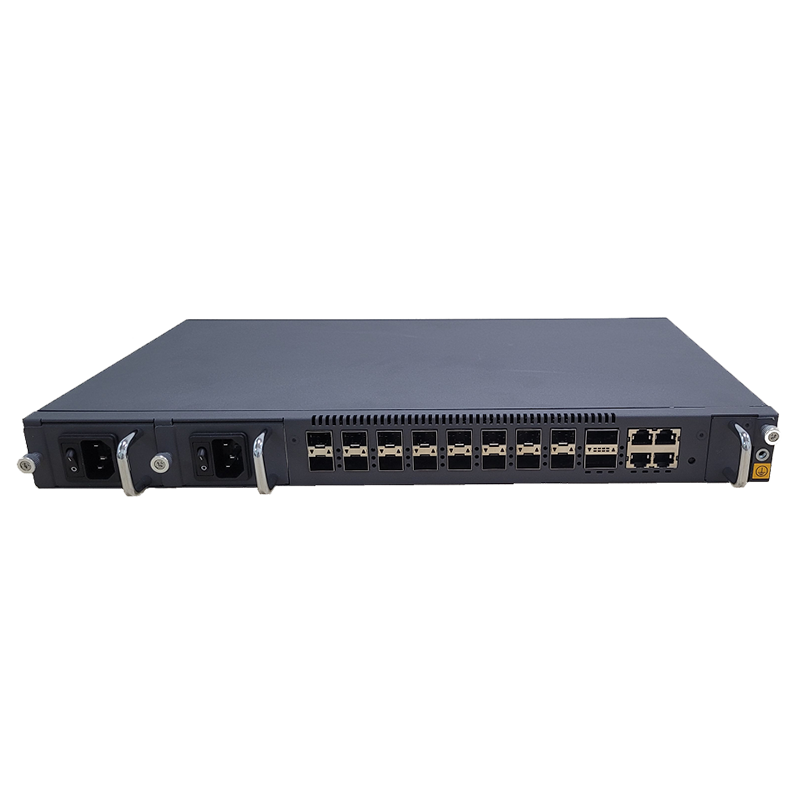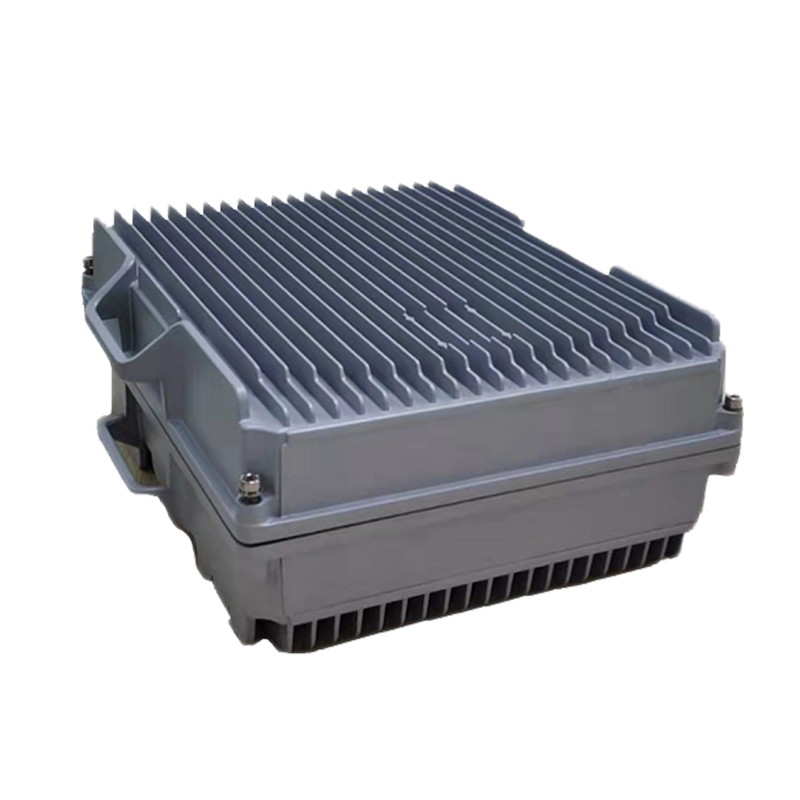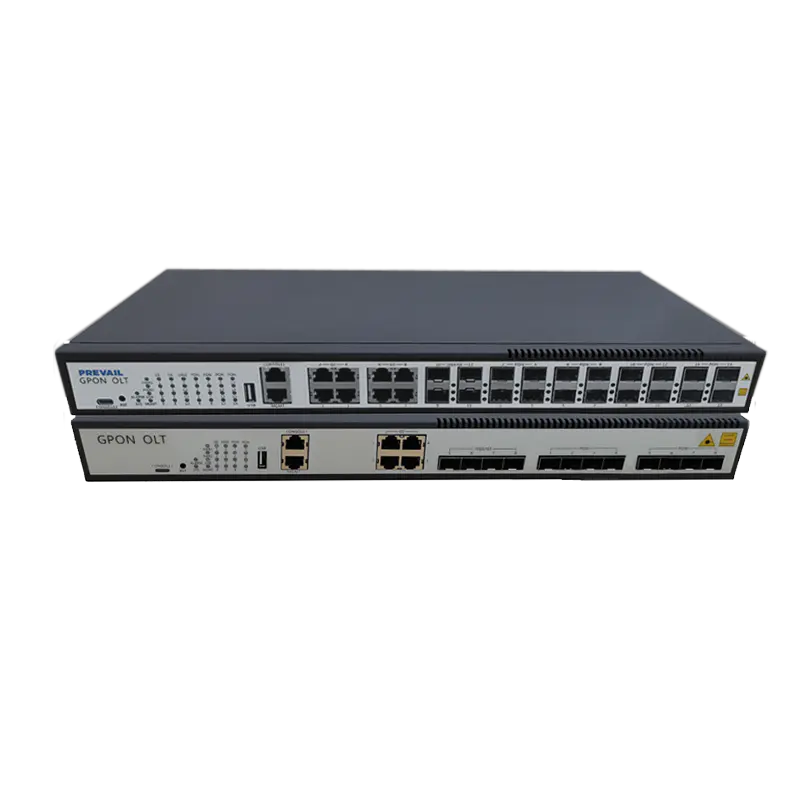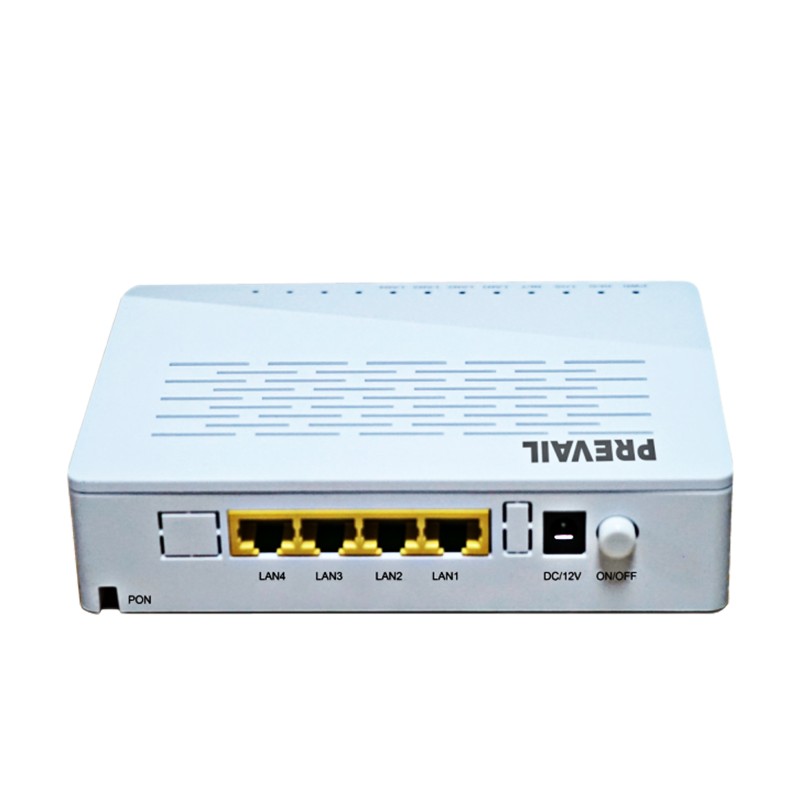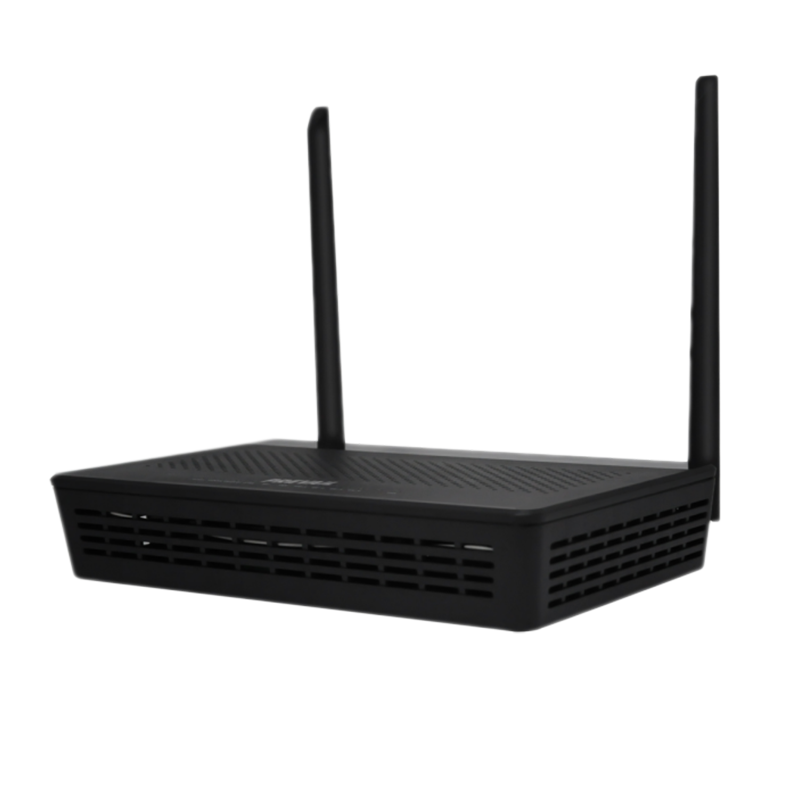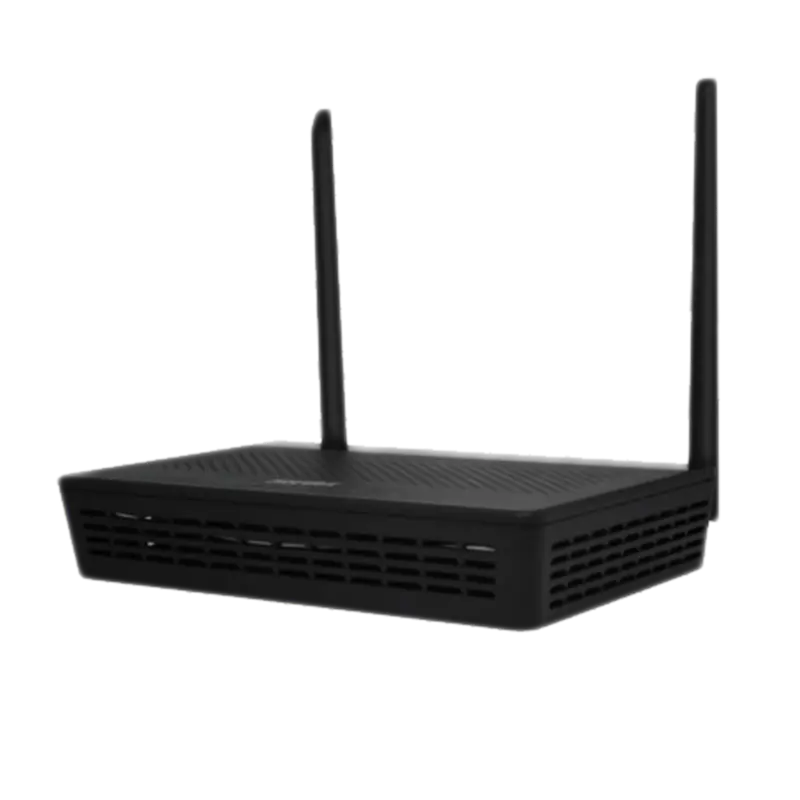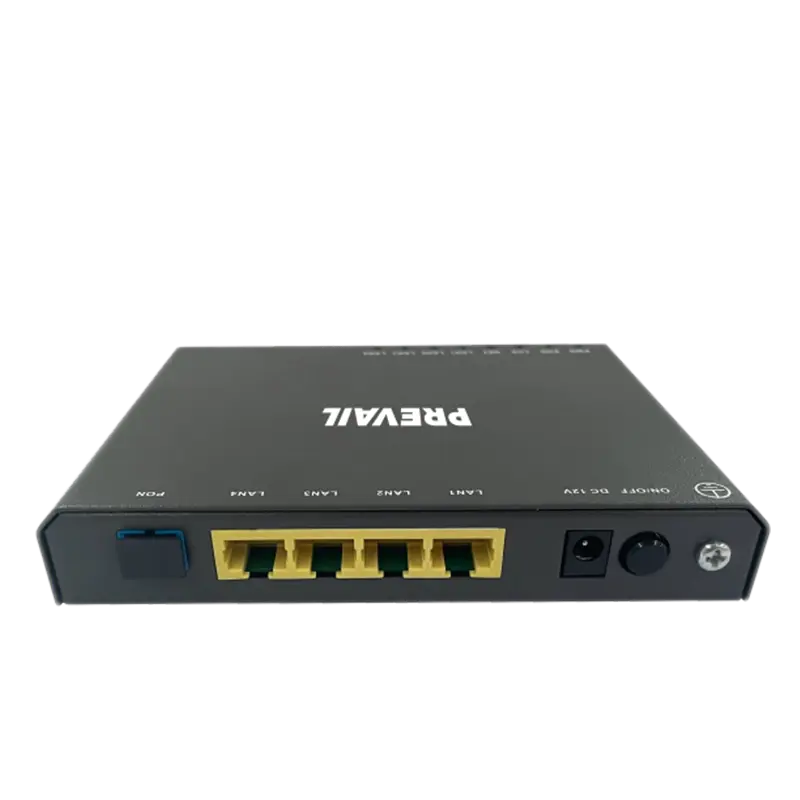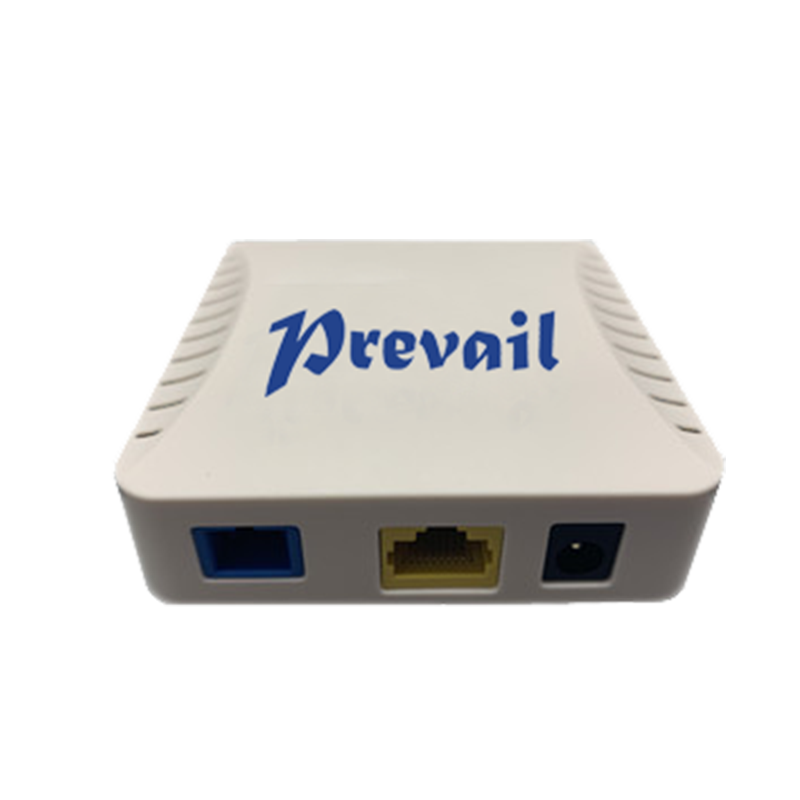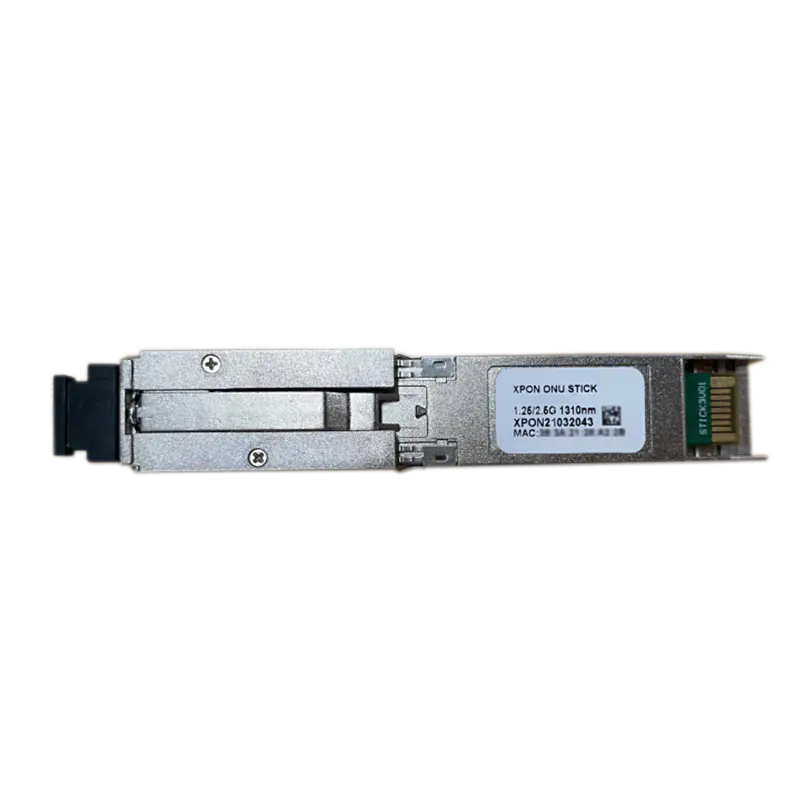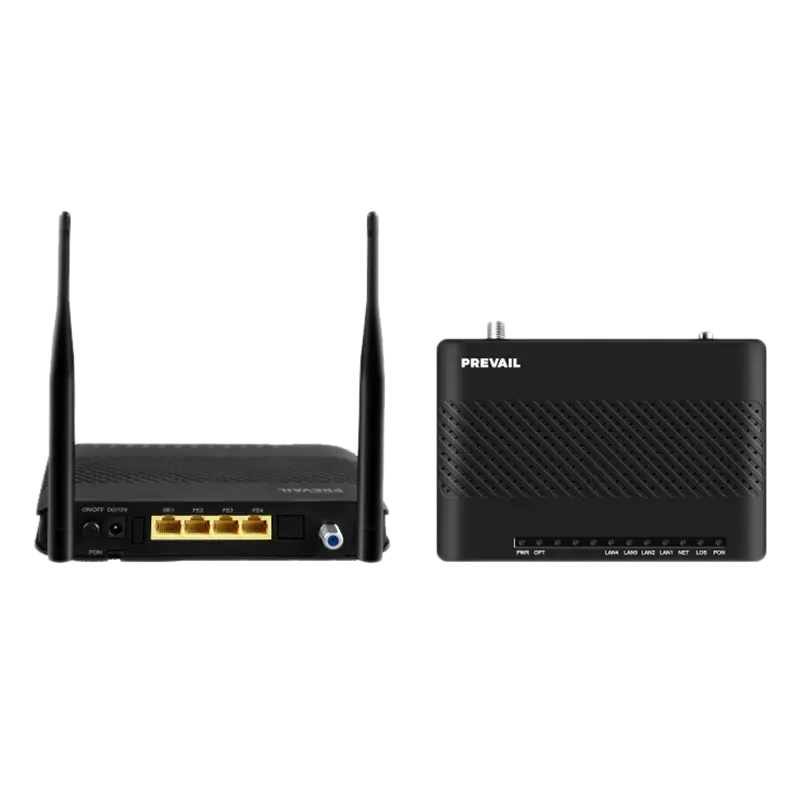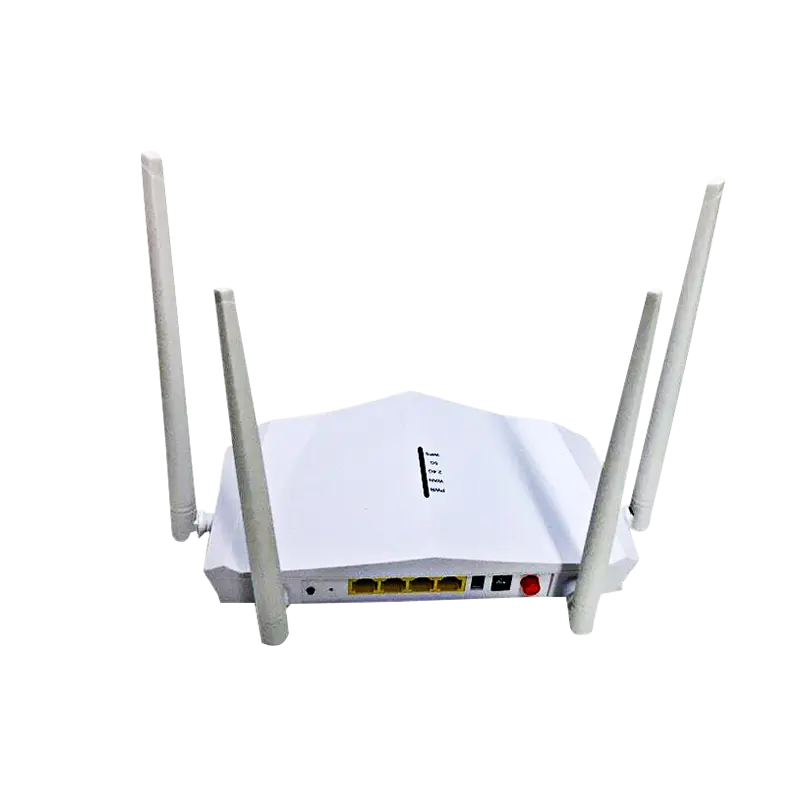What are the advantages of PLC optical splitters? What key role does it play in optical fiber communication?
In the modern rapidly developing information society, optical fiber communication has become the mainstream data transmission method. In the entire optical fiber network, PLC optical splitters, as a core passive device, are widely used in FTTH (fiber to the home), optical fiber monitoring, CATV systems and PON networks. So, what are the advantages of PLC optical splitters? What important role does it play in optical communication systems?
1. What is a PLC optical splitter?
A PLC optical splitter is a device that uses optical waveguide technology on a quartz substrate to evenly distribute a beam of light to multiple output ports. Its basic working principle is to split the input optical signal in the chip through a planar waveguide circuit structure to achieve multiple outputs.
Compared with the traditional fused-taper (FBT) optical splitter, the PLC splitter has better stability and higher uniformity, and is particularly suitable for large-scale PON network deployment.
2. The structure of PLC optical splitter
A standard PLC optical splitter usually consists of the following parts:
Input optical fiber: receives optical signals from light sources or backbone networks;
PLC chip (waveguide chip): distributes optical signals in equal proportions through optical waveguides;
Output optical fiber: sends distributed optical signals to different terminals;
Packaging box: used to protect the internal structure and improve the durability of the device;
Connector (SC, LC, FC, etc.): convenient for docking with other optical fiber equipment.
3. The main features and advantages of PLC optical splitter
Compared with other optical distribution technologies, PLC splitter has the following significant advantages:
| Features/Parameters |
describe |
| Strong spectral uniformity |
The output power difference of each channel is small, and the signal stability is good |
| Wide wavelength range |
Applicable to multiple wavelengths from 1260 to 1650 nm, covering a variety of communication frequency bands |
| Compact size |
Planar circuit design makes the package compact and easy to install and deploy |
| Strong temperature adaptability |
Can operate stably in -40℃~+85℃ environment |
| Long life and high reliability |
No moving electronic parts, long life and low maintenance costs |
| Multiple split ratios |
Supports various specifications such as 1×2, 1×4, 1×8, 1×16, 1×32, 1×64, etc. |
4. What are the typical application scenarios of PLC optical splitter?
1. FTTH (Fiber to the Home) network
In the FTTH architecture, PLC optical splitter is used to distribute optical signals from OLT (Optical Line Terminal) to multiple ONUs (User Terminals), realizing a one-to-many network topology, and is an indispensable device in FTTH deployment.
2. PON (Passive Optical Network) System
In GPON, EPON and other systems, PLC splitters are responsible for signal distribution, supporting multi-user sharing of bandwidth resources and improving network efficiency.
3. CATV fiber transmission
In broadcasting and television systems, PLC splitters are used to distribute television signals to multiple communities or building users to improve video transmission efficiency.
4. Data Center and Enterprise Optical Network
PLC splitters are often used in data centers to optically connect multiple server nodes to improve communication capabilities between devices.
5. Fiber Optic Monitoring System
In remote monitoring, the main light source signal is distributed to each monitoring node to achieve real-time detection of the optical link status.
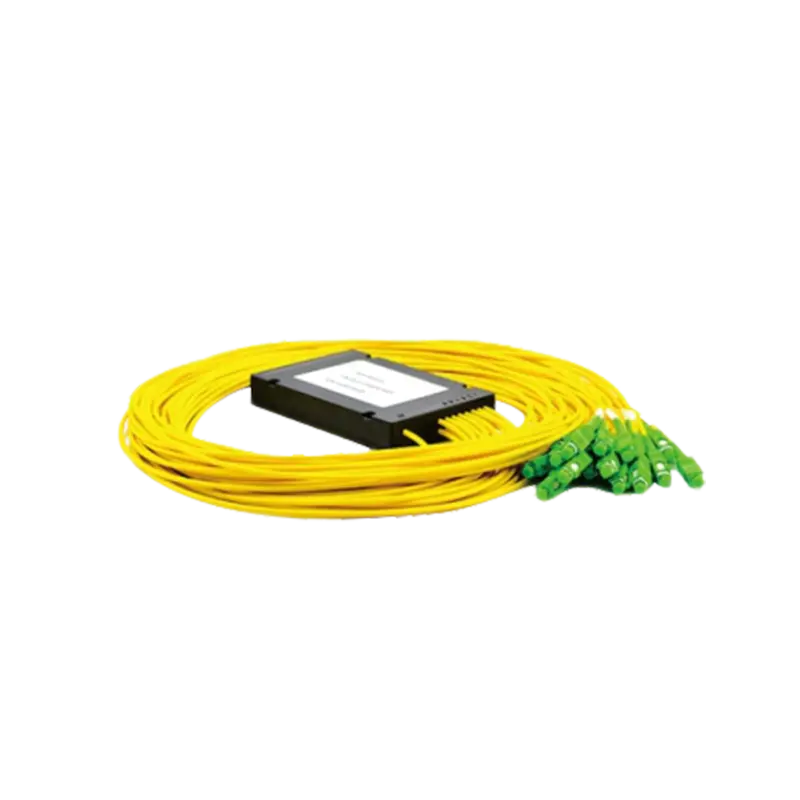
5. How to choose a PLC optical splitter? What factors should be considered in selection?
When selecting a PLC optical splitter, the following factors should be considered in combination with actual application requirements:
Split ratio: Select a suitable split ratio (such as 1x8, 1x16, etc.) according to the number of users or terminals to be connected;
Insertion loss: The smaller the insertion loss, the higher the transmission efficiency;
Uniformity and deviation: The optical power of each channel should be as balanced as possible;
Working wavelength range: Ensure compatibility with the system wavelength;
Packaging method: Such as bare fiber type, box type, rack type, etc., selected according to the installation environment;
Connector type: SC/UPC, LC/APC, etc., to ensure matching with the optical fiber system.
6. What is the difference between PLC optical splitter and FBT splitter?
| Comparison Items |
PLC optical splitter |
FBT optical splitter |
| Production process |
Planar waveguide chip technology |
Melt taper technology |
| Spectral uniformity |
High, good output consistency |
Relative difference, large deviation |
| Wavelength adaptation range |
Wide, suitable for multiple bands |
Narrow, suitable for specific bands |
| Splitting ratio support range |
Support 1:2 to 1:64 |
Usually supports 1:2 to 1:8 |
| cost |
Relatively high |
Lower cost |
| Application Recommendation |
Large-scale network applications requiring high stability |
Small-scale or cost-sensitive applications |
7. Future development trend
With the rapid development of 5G, Internet of Things, AI, and cloud computing, the requirements for optical fiber network capacity and transmission stability are getting higher and higher. PLC optical splitters will continue to develop in the direction of higher density, lower loss, wider band, and more miniaturization. In addition, in order to meet the needs of intelligent networks, some manufacturers have tried to combine PLC technology with MEMS devices, adjustable splitting and other technologies to promote the intelligent and flexible deployment of optical communication systems.
Conclusion: PLC optical splitter is the cornerstone of building modern optical networks
PLC optical splitter has become one of the core components in modern optical fiber communication systems due to its stable performance, flexible structure and wide adaptability. Whether it is building FTTH home network or supporting enterprise-level data transmission, its role is indispensable. In the future, with the upgrade of network architecture and technological progress, PLC optical splitter will continue to play its value in higher performance and wider application scenarios.





